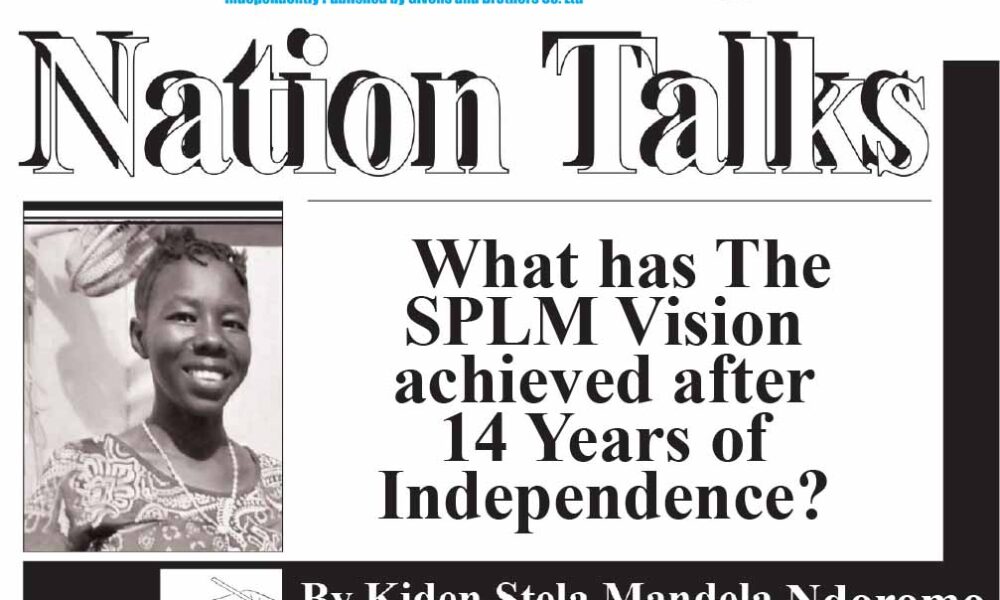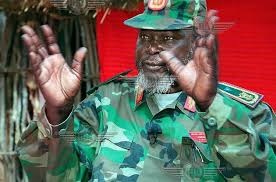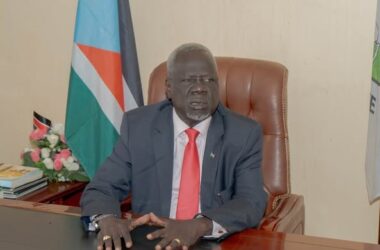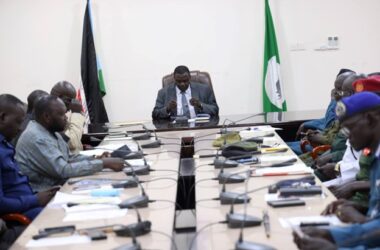When the struggle for the future of South Sudan started in 1955, prior to Sudan’s independence in 1956 from British, the actors for the struggle were trading on the issues of marginalization of Southern Sudanese, and the Arab supremacy against Junubin.
It was a legitimate cause but met with difficulties and Sudan governments’ conspiracies to crashed it. However, the Southern Sudanese actors under the Anya Anya 1 amounted spirited fight both militarily and politically to advance the voices of Junubin until 1972 Addis-Ababa Peace Agreement, which gave a pie share of the nation’s cake for the Southerners in the Sudan government. But the Sudan government’s dishonesty towards the spirit of the agreement led to its collapse, resulting to the emergence of Anya Anya 2 which didn’t achieve much in terms of its goals for Southern Sudanese.
In 1983, a group of Southern Sudanese elites formed what is now called Sudan People’s Liberation Army/Movement (SPLA/M) with a bold move to politically and militarily champion the cause of liberating Southern Sudanese from the repressive and totalitarian Sudanese government.
The SPLA/M leadership under late Dr. John Garang De Mabior, promised heaven on earth for Junubin and to deal a blow to Sudan’s repressive policies, and to usher in democratic governance, marked with political pluralism and economic freedom for South Sudanese including Sudanese in other aspects.
Following the attainment of the Comprehensive Peace Agreement (CPA) in 2005 between Sudan government and SPLA/M, the agreement gave two choices for Southern Sudanese to choose between unity with Sudan or separation, to have independence state. However, Dr. John Garang passed on in 2005 before most of the agreement’s provisions were implemented.
SPLA/M immediately gave mandate to General Salva Kiir Mayardit, to carry on the mantle until he assumed the role of Sudan’s First Vice President. From 2005 to 2010, SPLA/M didn’t focus much on its vision to spur serious development for the Southerners despite overseeing the regional government to tackle developmental issues affecting Southern Sudanese.
However, all efforts were geared towards achieving the independence from Sudan which successfully took place on 9th July 2011. In the aftermath, President Salva Kiir Mayardit assumed the leadership of the new nation, the Republic of South Sudan while deputized by Dr. Riek Machar Teny. Surprisingly, again SPLA/M after assuming full authority with powers over nation’s resources, glided into a different path marked with internal struggle for power which led its leadership astray and plunged the entire country into a destabilizing armed conflicts in 2013 which obliterated the economy as well as diminished the aspirations for a peaceful, democratic, and prosperous South Sudan.
On Wednesday, as the country marked 14th anniversary of independence from Sudan, the very issues that SPLM fought against overshadowed its vision. South Sudanese citizens are in difficult situations ranging from poor governance, hyperinflation, political instability, insecurity, tribalism, poor public infrastructures, and mal administration which paralyzed public institutions.
In this regard, SPLM needs to show competent leadership guided by its vision to lift South Sudanese citizens from this deplorable condition, otherwise, we are in a catastrophe which is diminishing the current generation.
The attainment of the nation’s independence from Sudan was a major achievement but failure to embed development, peace, and prosperity for South Sudan, is a major blow.




